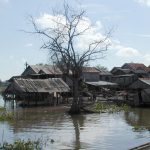Bilateral development assistance
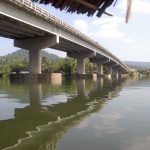
Phum Doung Bridge over the Tatai River. Photo by Robert Tyabji, taken on 9 December 2010. Licensed under CC BY-NC-ND 2.0Bilateral aid is assistance given by a government directly to the government of another country or to a local NGO. The Royal Government of Cambodia ...
Marine and coastal areas
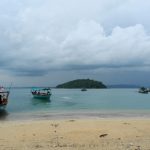
In terms of attractiveness, one of Cambodia’s assets is the relative absence of intense development along its coasts, in comparison with neighboring countries. The 440 kilometer-long coastline includes a large area of non-urbanized zones, where locals can make their livelihoods from coastal resources. Cambodia’s coastline ...
Renewable energy production
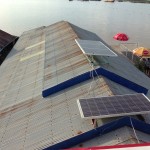
Renewable sources of energy include biofuels, solar, wind, tidal and geothermal energy. Fossil fuels such as petroleum or coal are not renewable. ...
Patient rights
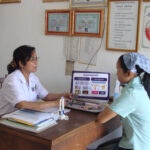
Access to quality healthcare is fundamental to enhancing citizens’ livelihoods and advancing towards more sustainable growth and development in countries all over the world. Along with increasing public demand for better health infrastructure and adequate access to healthcare services, many countries face the need to ...
Mining
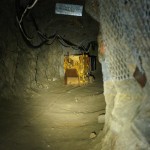
The mining sector in Cambodia is mostly undeveloped, and active mining enterprises are typically small-scale quarries producing materials for construction, such as laterite, marble, granite, limestone, gravel and sand. There is no industrial-scale extraction of minerals, although many exploration licenses have been granted to ...
Fish farming and aquaculture
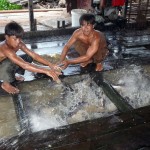
Fish farmers operating cage culture, Cambodia. Photo by O. Joffre/WorldFish, taken on 3 October 2009. Licensed under CC BY-NC-ND 2.0.Aquaculture production has grown significantly. In 2012 it stood at 74,000 tonnes, or almost 11 percent of total fishery production. By 2016 it had grown to ...
System of government
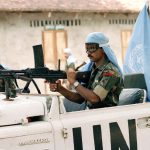
UNTAC soldiers from India patrolling the streets in Prey Veng province, Cambodia, on the second day of voting. Photo by United Nations Transitional Authority of Cambodia (UNTAC), taken on May 24 1993. Licensed under CC BY-NC-ND 2.0Cambodia inherited legal and political systems and a state ...
Extractive industries policy and administration
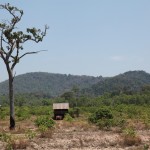
Cambodia’s extractive industries have traditionally operated on a small scale, mostly mining construction materials, gold or gemstones. While commercial production of minerals or oil has yet to begin on a large scale – these products made up just 0.1% of the country’s exports in 2016190 – ...
Anti-corruption
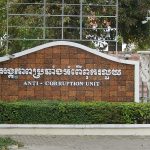
Anti-Corruption Unit, Phnom Penh, Cambodia. Photo by Michael Coghlan, taken on 9 January 2014. Licensed under CC BY-SA 2.0In the 2016 Corruption Perceptions Index published by Transparency International, released in January 2017, Cambodia ranked 156th out of 176 countries.207 Cambodia has the lowest score of all ...
Public land lease
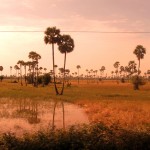
Public land leases are grants of state lands to private entities in the form of a contractual rental agreement. These leases often take the form of land concessions, in particular economic land concessions. They are often associated with land conflicts and disputes. ...
Urban administration and development
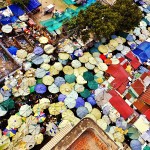
Bird eye view of a local market in Phnom Penh. Photo by Roberto Trombetta, taken on 8 May 2015. Photo licensed under Creative Commons Attribution-NonCommercial 2.0 GenericThe development and administration of Cambodia’s urban areas has struggled to keep pace with urban population growth. For example, ...
Court monitoring
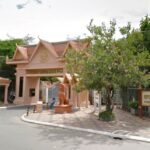
Respect for strong values is the key to citizens’ trust in their courts.265 The international values recognized for judges are independence and impartiality, integrity, equality of treatment, diligence and competence. A judge cannot both decide a case and have a personal interest in its resolution. ...
Non-governmental preparedness and response agencies

Cambodia has a large number of United Nations agencies, international and national non-governmental organizations (NGOs) engaged in humanitarian, rehabilitation, and development initiatives as well as disaster risk reduction and disaster management.Under the Law on Disaster Management (2015), Article 32, if the National Committee for Disaster ...
Oil and gas resources
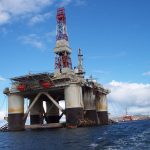
Oil and gas have been found on Cambodian territory but no commercial extraction has begun. When extraction may begin is uncertain while oil prices are at comparatively low levels. All the petroleum products for local demand are imported, chiefly from Vietnam, Singapore and Thailand. Consumption ...
Gravel and limestone
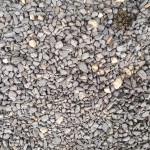
Raw gravel, photo by touch and see, taken on March 26, 2014. Licensed under: CC BY-SA 2.0Since 2010, Cambodia has seen increasing production of cement, crushed stone, sand and gravel in response to the country’s booming construction sector. Approved investment in the construction industry in ...
Off-shore oil and gas exploration and extraction
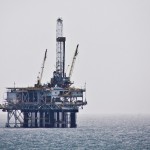
For the purposes of oil and gas exploration, six Offshore Blocks (A–F) have been set out. Significant finds of oil have been made in Block A, but no oil has yet been extracted. ...
Development and assistance for land tenure and land titling
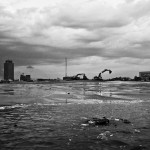
Beginning in 2002, the World Bank, Germany, Finland and Canada began a joint-program to promote land tenure security in Cambodia by providing financial and technical support to land titling efforts. Following the eviction of residents of the Boeung Kak Lake area of Phnom Penh due ...
Chinese aid
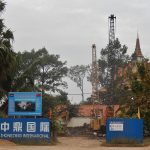
Construction of a laboratory funded by Chinese money. Photo by Michael Coghlan, taken on 10 January 2014. Licensed under CC-BY-SA 2.0China, while once being at odds with the current government, is now Cambodia’s largest development partner. The two nations have grown increasingly close in recent ...


